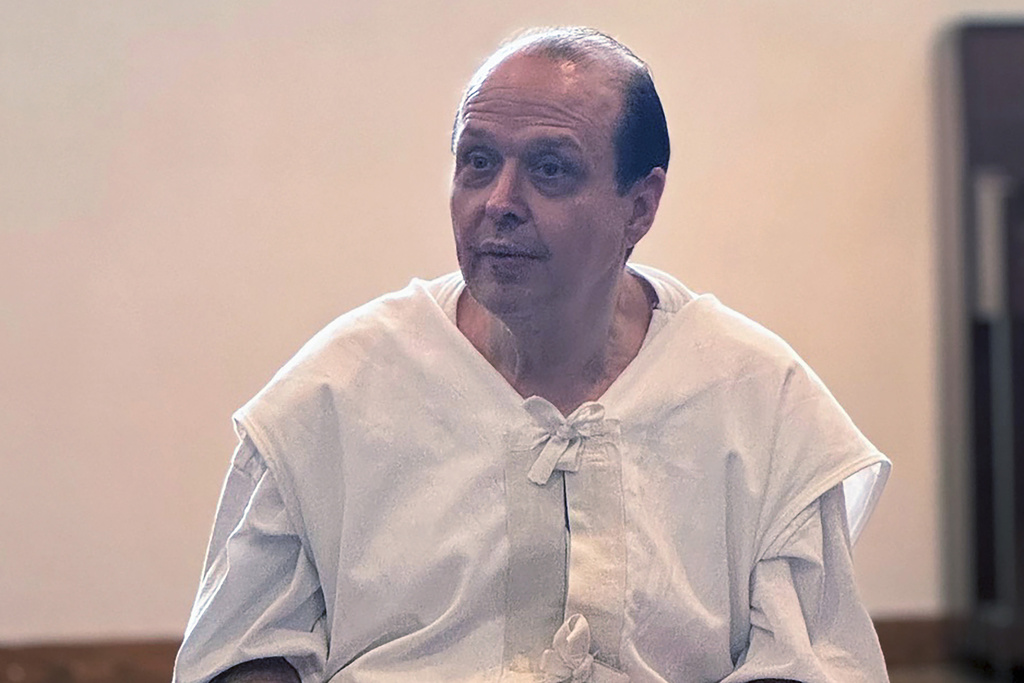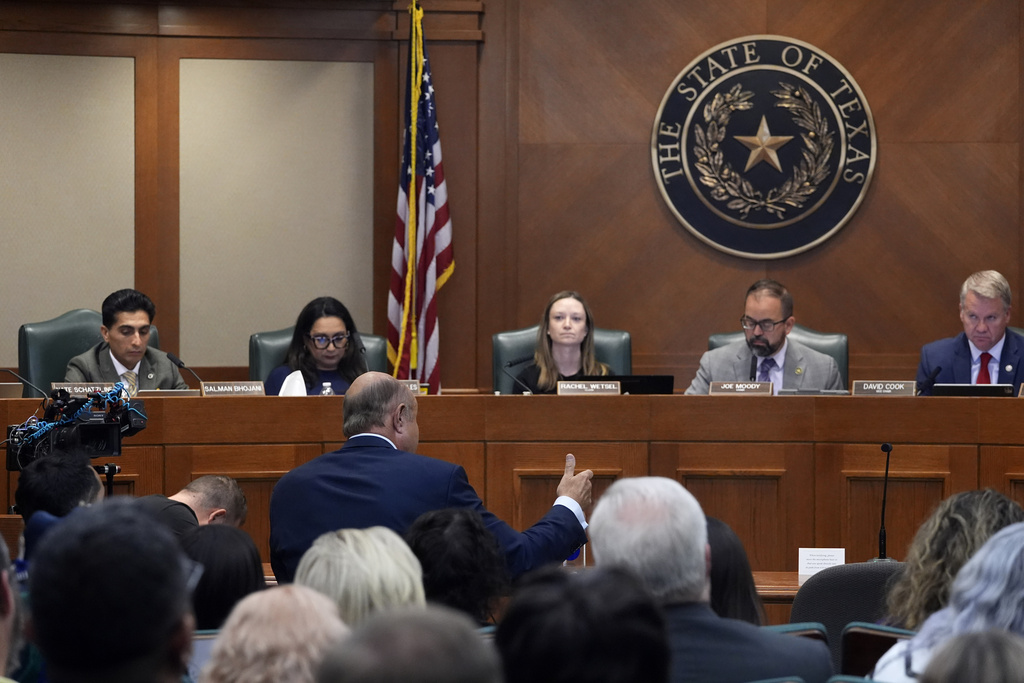Texas Supreme Court Clears Execution Path for Roberson \ Newslooks \ Washington DC \ Mary Sidiqi \ Evening Edition \ The Texas Supreme Court ruled that a legislative subpoena could not delay the execution of Robert Roberson, convicted in 2003 for killing his daughter. His case, tied to contested “shaken baby syndrome” evidence, has drawn bipartisan support from lawmakers and experts questioning his conviction. The court’s ruling reaffirms the limits of legislative power over scheduled executions, clearing the path for Roberson’s death sentence to proceed unless clemency is granted.

Texas Supreme Court Clears Way for Robert Roberson’s Execution: Quick Looks
- Court Decision: Legislative subpoenas cannot interfere with legal execution processes.
- Conviction Details: Roberson was sentenced to death for killing his daughter.
- Faulty Evidence Claims: Experts dispute the validity of “shaken baby syndrome” evidence.
- Bipartisan Support: Lawmakers and advocates argue Roberson deserves a fair trial.
- Governor’s Role: Execution depends on whether Governor Abbott grants clemency or a reprieve.
- Future Steps: A new execution date has yet to be set.
Deep Look
The decision resolves a legal standoff between Texas lawmakers, who used a novel subpoena strategy to pause Roberson’s execution, and state officials who argued that the legislative move overstepped its authority. Here’s a closer look at the case, the court’s ruling, and the broader implications for justice and capital punishment.
Roberson’s Conviction: A Case of Controversial Science
Roberson’s defense team has long argued that Nikki’s symptoms did not align with child abuse but instead pointed to complications from severe pneumonia. Medical experts supporting Roberson’s case claim that his conviction relied on outdated and unreliable science.
Texas’ Junk Science Law and Calls for Fairness
Roberson’s case has become a focal point for advocates of Texas’ “junk science law,” a 2013 statute that allows convictions based on discredited scientific evidence to be overturned. While hailed as a landmark reform, critics argue that the law has been underutilized by the state’s highest criminal courts, particularly in cases involving the death penalty.
The Subpoena Maneuver: An Unprecedented Delay
In an unusual bipartisan move, members of the Texas House Criminal Jurisprudence Committee issued a subpoena for Roberson, delaying his scheduled execution on October 17. The subpoena aimed to compel Roberson to testify at the Texas Capitol about his case, creating a legal standoff between the state’s legislative and judicial branches.
The subpoena prompted a temporary stay of execution as the Texas Supreme Court deliberated on whether lawmakers had the authority to interfere with the criminal justice process. While the move garnered attention and bought Roberson more time, the court ultimately ruled against it.
The Texas Supreme Court’s Decision
“Under these circumstances, the committee’s authority to compel testimony does not include the power to override the scheduled legal process leading to an execution,” Justice Young wrote.
The court emphasized that its decision was limited to the procedural question of whether the legislative subpoena could delay an execution and did not address the merits of Roberson’s conviction or the evidence used in his trial.
Governor Abbott’s Role and Future Legal Steps
With the Texas Supreme Court’s decision in place, Roberson’s execution now hinges on whether Governor Abbott grants clemency or a reprieve. Before Roberson’s original execution date, the state’s parole board declined to recommend clemency, and Abbott has not indicated any plans to intervene.
Shaken Baby Syndrome and Broader Implications
Roberson’s case has reignited debates over the reliability of shaken baby syndrome as a basis for criminal convictions. While proponents argue that the diagnosis reflects legitimate medical findings, critics contend that it is often used inappropriately, leading to wrongful convictions.
The controversy underscores broader issues in the justice system’s reliance on scientific evidence. Advocates argue that cases like Roberson’s highlight the need for increased vigilance in ensuring that outdated or questionable evidence does not lead to irreversible outcomes, particularly in capital cases.
Bipartisan Support and Legislative Advocacy
“This ruling reinforced our belief that the committee can indeed obtain Mr. Roberson’s testimony and made clear it expects the executive branch of government to accommodate us in doing so,” Moody said.
What Happens Next?
A new execution date for Roberson has not yet been set, but it is certain to proceed unless further action is taken. Roberson’s supporters, including medical experts and civil rights advocates, continue to push for a reevaluation of his case, arguing that his conviction represents a miscarriage of justice.
As the legal and political battles unfold, Roberson’s case serves as a stark reminder of the high stakes involved in capital punishment and the challenges of balancing justice with procedural and scientific scrutiny.








